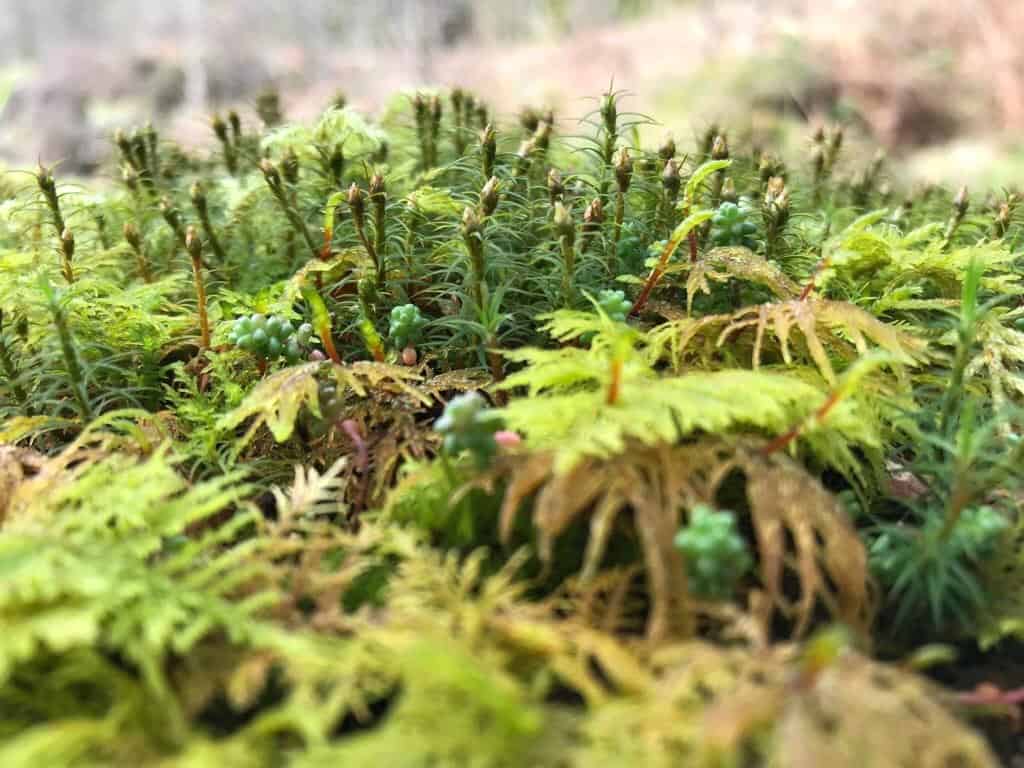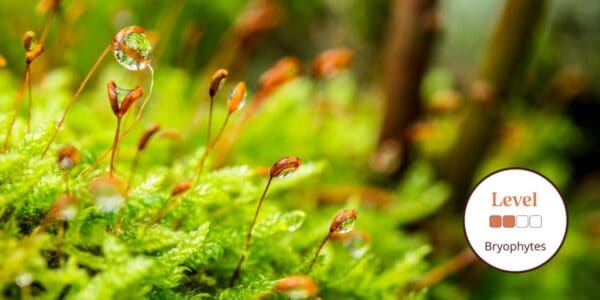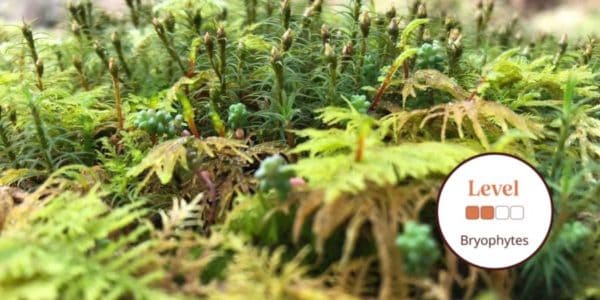This course on identifying mosses and liverworts will provide you with an introduction to the skills that are needed to collect and identify bryophytes.
Bryophytes (Mosses, Liverworts and Hornworts) are present in every UK habitat, often forming a dominant and important element of these habitats. They can be useful indicators of pollution and other environmental changes.
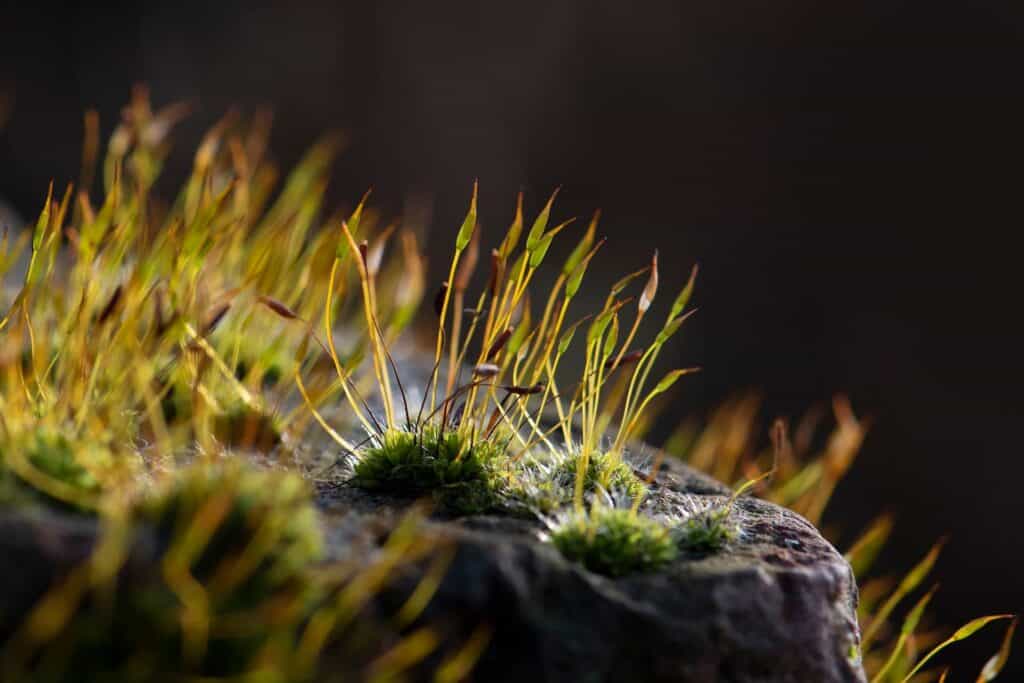
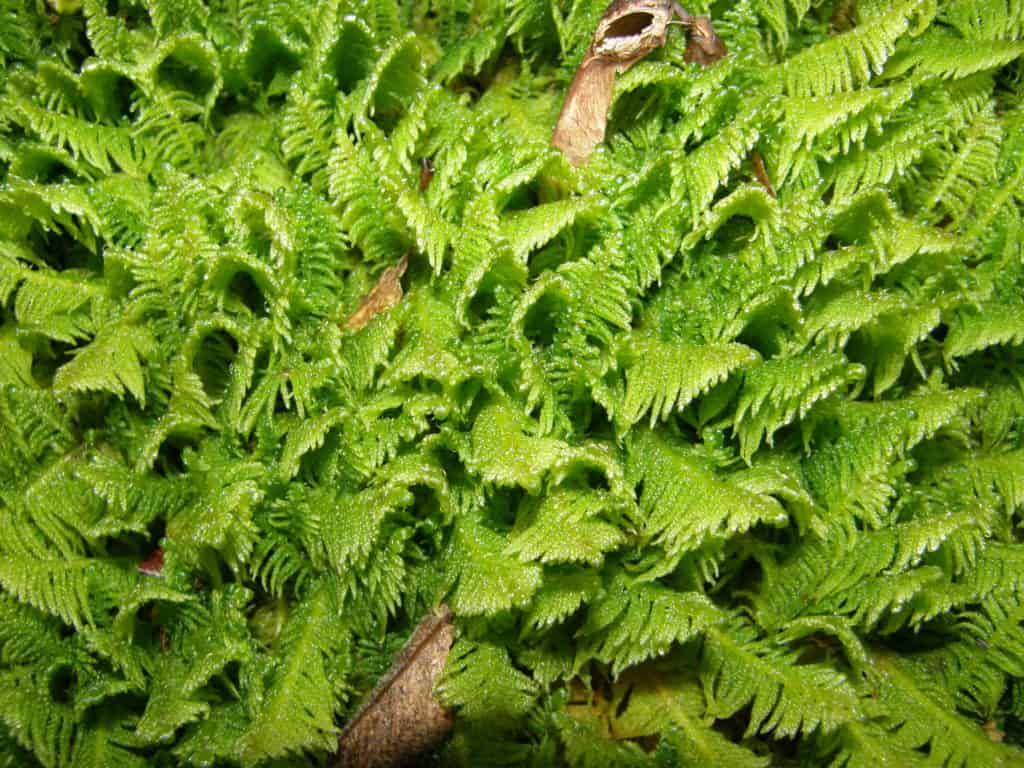
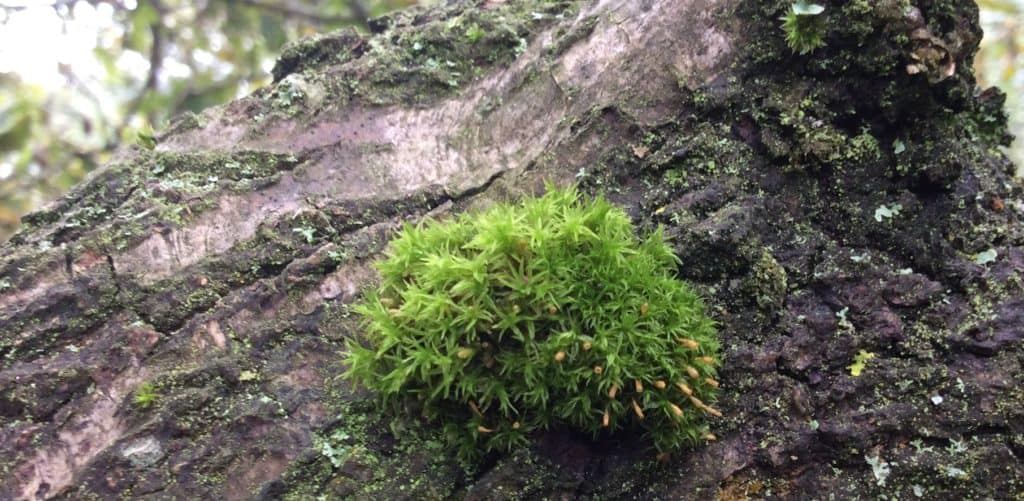
Read More
You will learn through a combination of field and laboratory sessions, using field keys and keys using microscopic characters to identify common species from a variety of habitats. The ability to accurately identify to species level is essential for the field surveyor to be able to discriminate between similar vegetation communities for National Vegetation Surveys (and other phytosociological surveys). The huge range of species and diversity of forms make them an initially challenging group, but through this course their life cycles, structures and identification are demonstrated. You will also learn how to use a hand lens to look for characteristic structures and collect specimens in the field for your own reference collection.
What will be covered during this course?
The course will be delivered through a combination of seminars, laboratory identification sessions and practical field work. Field work will involve visiting a range of habitats where the specimens can be identified within an ecological context. Specimens may be taken back to the laboratory for examination with lenses and microscopes.
- Defining the bryophytes (mosses and liverworts) – how their life cycles differ from other plant groups, with a brief introduction to their structure and function, defining the vegetative and reproductive parts.
- Identification, description, ecology and distribution of a range of mosses and liverworts.
- Particular emphasis on ecologically important groups.
- How to collect specimens in the field and create a reference collection.
- How to use a lens in the field to look for characteristic structures.
- How to use a microscope and dissecting kit to analyse diagnostic structures in the lab.
- Climatological, geological and edaphic factors which affect bryophyte distribution.
By the end of the course, you will be able to:
- Compare and contrast the differences between Mosses, Liverworts and Hornworts, distinguishing between the three.
- Identify a selection of common species using a range of identification resources (and the use of microscopic characters).
- Evaluate the role that Bryophytes have as ecological indicators and their use in indicating habitat type and quality.
Your course will take place on the 12-hectare estate of the Preston Montford Centre in the heart of Shropshire, surrounded by a rich range of habitats, including the River Severn and semi-ancient woodland.
Who Should Attend? Natural history enthusiasts, students, rangers, ecologists, and environmental professionals. This intermediate level course is open to anyone with some knowledge of the subject. This course is for those aged 18 and over only.
Knowledge Level – Intermediate. Level descriptors can be found on the following web-page: Framework and Course Level Descriptors
There are two booking options which all include course tuition, meals and refreshments:
- Non-Resident (Breakfast not included)
- Resident (Sole Occupancy)
For course bookings including accommodation please note bathroom facilities may be shared.
MMU Student Information
MMU students – please email [email protected] to book your course place.
Accreditation
This is one of a series of courses (units) run jointly with Manchester Metropolitan University (MMU) contributing to the MSc Biological Recording and Ecological Monitoring and the Postgraduate Certificate in Biological Recording. MMU students complete assessed work after the course. For further details about Manchester Metropolitan University degree programmes please contact:
Department of Natural Sciences, Manchester Metropolitan University, (Shrewsbury Office). Email: [email protected]
See the ‘Example Timetable’ and ‘What’s Included’ sections below for more information about this course.
Upon booking you will need to provide individual details of all attendees.
Please email [email protected] if you have any questions.
Assessment
For Manchester Metropolitan University students, the Unit will be assessed through, for example, identification tests, survey reports, field journals, production of keys, essays or other forms of assessment. In course tests are optional and less formal for participants who are not MMU students.
MMU students will be required to complete a portfolio comprising of two parts:
Part 1: At the end of the course a test with a range of specimens. Points will likely be awarded for correct identification, critical comparison between specimens and comparisons between superficially similar/related species. (Equivalent to 500 words).
Part 2: Collection of a range of Bryophytes. Voucher specimens should be presented, with full biological records associated. Key diagnostic features should be listed for each species, comparing and contrasting how these differ from analogues species (these can be presented on the voucher specimen or separately as detailed notes). Students may be asked to design and construct a dichotomous key to your collection of specimens selecting strong taxonomic characters, that distinguish them from other species within the collection. (1500 words).
Example Timetable
This timetable is subject to change but should give an outline of what to expect.
If you have booked accommodation with the centre your bedroom will be ready from 3.00 pm onwards on the day of arrival and we ask that you vacate by 9.30 am on the morning of departure.
If numbers are sufficient a station pick up will be arranged at 5.30 pm from Shrewsbury Station.
Please arrive in time for the evening meal at 6.30 pm on Friday
The course starts after dinner with a classroom session 7.30 pm - 9.00 pm
The course ends at 4.00 pm on the final day.
Time will be made available for eating packed lunches during the day.
Friday evening there will be an initial introductory talk and short practical session.
The rest of the weekend will be a mixture of fieldwork (with guidance on how to collect, observe and record in the field) and laboratory sessions and short talks.
Monday afternoon there will be a classroom-based test (optional for those not studying for university credits).
What's Included
- Classroom learning covering the theory of the subject
- Field excursions to apply new knowledge
- Expert tuition for which we are renowned
- Clear objectives and progression
- All meals provided
Bursaries and Subsidies
Natural History Bursaries
There are a number of natural history bursaries available to help with the cost of your course. To find out if you and your chosen course are eligible, read more here.
Before You Attend
There will be a member of staff with first aid training and access to a first aid kit on site. If you have special medical or access requirements, please let us know as soon as possible so we can make any necessary adjustments.
What to bring
- Warm clothing, waterproofs and stout footwear for fieldwork.
- Simple collecting equipment such as a field bag and a penknife.
- A x20 hand lens.
- A4 scrap paper to fold into packets.
- A vacuum flask / drink bottle and a bag or a box for carrying a packed lunch.
- A microscope if you have one and would prefer to use your own during the weekend.
Recommended reading
- Atherton, I., Bosanquet, S. and Lawley, M. (eds.). (2010). Mosses and Liverworts of Britain and Ireland – a field guide. British Bryological Society.
- Frey. W., Frahm. J. – P., Fischer, E. and Lobin. W. (2006). The Liverworts, Mosses and Ferns of Europe – English edition revised and edited by T.L. Blockeel. Harley Books: Colchester.
- Paton. J.A. (1999). The Liverwort Flora of the British Isles. Harley Books: Colchester.
- Smith. A.J.E. (1991). The Liverworts of Britain and Ireland. Cambridge University Press: Cambridge.
- Smith. A.J.E. (2004). The Moss Flora of Britain and Ireland – Second Edition. Cambridge University Press: Cambridge. (Note. Original printing of this second edition has many typographical errors so would recommend second printing of the second edition).
- Watson. E.V. (1981). British Mosses and Liverworts – 3rd Edition. Cambridge University Press: Cambridge.
Opportunities to attend this course
-
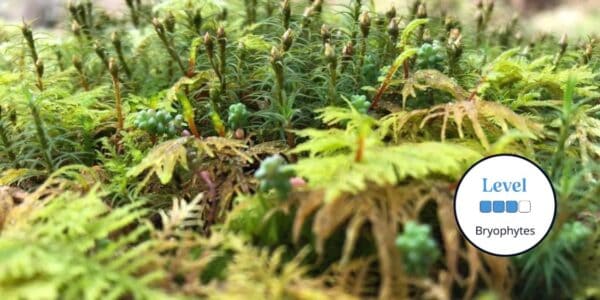
Fri 20, September 2024 18:30 - Mon 23, September 2024 16:00
MMU students - please email [email protected] to book your course place.
Sorry this course is out of stock
Progress Your Learning
This is a training course from the Field Studies Council, delivered by expert tutors with an approachable learning style. After attending this course, you may like to progress your learning with further relevant courses or branch out into other areas of natural history. The Field Studies Council offers both online and in person courses, so you can choose the learning style that suits you best.
The course gives you the opportunity to immerse yourself in a new subject and acquire novel skills. Our online portal gives you time to study at your own pace and fit the lessons around your own schedule.
If you have any questions about our online courses please check our Frequently Asked Questions
Please email [email protected] if you have any questions.
Group Bookings Made Easy
If you have a group of 10 or more individuals wanting to complete one of our courses, our team are available to discuss your options – from discounts to private team courses. Find out more!
You can rest assured that the absolute best content from an expert in environmental education will be at your fingertips. In choosing a Field Studies Council course, you will be joining thousands of people who learn with us each year.

